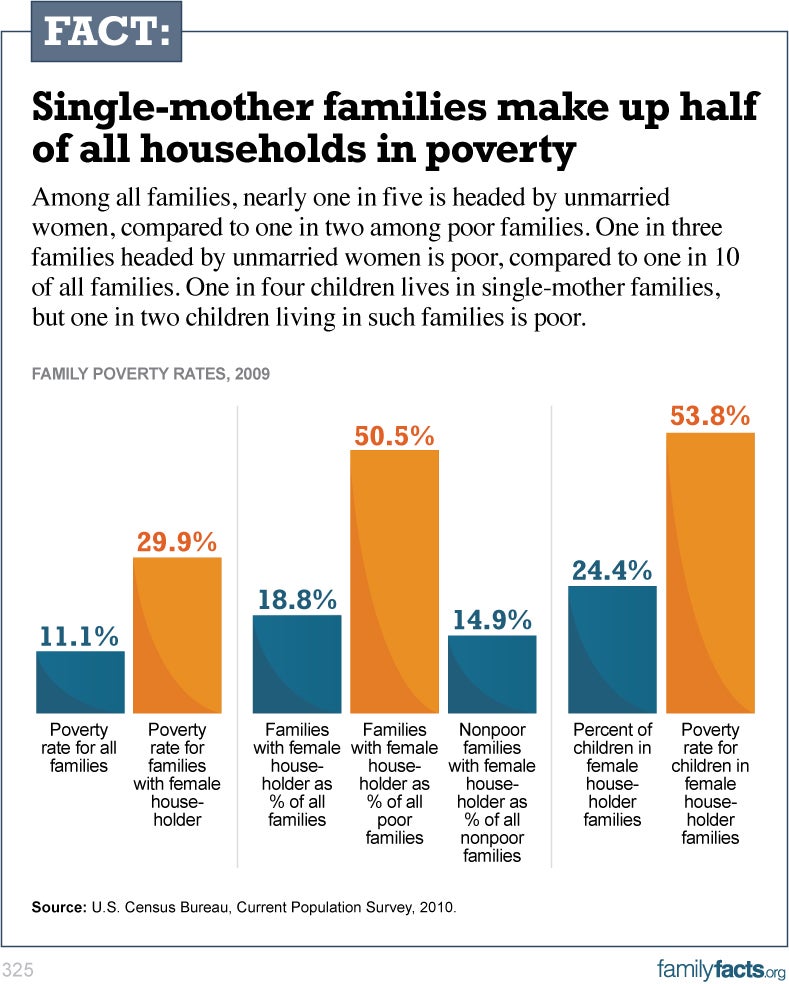Today a new report was released indicating nearly one in five children in the U.S. is poor. The report, from the Annie Casey Foundation, was technically correct; it followed conventional Census procedures for identifying poor children.
But what does it mean to be “poor” in the U.S.? Government data show that the typical poor family with children has a computer, cable TV, air conditioning, a car, multiple TVs, a microwave, and an Xbox in the home.
News stories typically equate “poverty” with homelessness and feature despondent children living in the back of the family’s car. But the Department of Housing and Urban Development reports that only one child in 200 was homeless, even briefly, during 2009. The typical poor child lives in a normal house or apartment that is in good repair and is not over-crowded.
How about childhood hunger? TV news reports that America faces a “hunger crisis” in which “nearly one in four kids” is hungry. But the U.S. Department of Agriculture (USDA), which conducts the nation’s food consumption and hunger survey, says otherwise.
According to the USDA, during the full 12 months of 2009, only one child in 67 was reported “hungry”—even temporarily—because the parent couldn’t afford enough food. It said 99 percent of children did not skip a single meal during the year because of lack of financial resources in the home.
USDA also reports there is no difference in quality of diet between children from high- and low-income homes. The average consumption of protein, vitamins, and minerals is virtually the same for poor and middle-class children and, in most cases, is well above recommended norms. Most poor children today are, in fact, super-nourished, growing up to be, on average, one inch taller and 10 pounds heavier than the GIs who stormed the beaches of Normandy in World War II.
Another important but neglected question is: Why are children poor? Answer: The main causes of child poverty are low levels of parental work and the absence of fathers.
Of course, in the current recession, poverty has increased somewhat as parents lost jobs. But most child poverty predates the recession. The simple fact is that most poor parents don’t work very much, even during economic booms. In the best economic times, the average poor family with children is supported by only 800 hours of work during a year. That’s 16 hours per week. If work in each family were raised to 2,000 hours per year—the equivalent of one adult working 40 hours per week throughout the year— nearly 75 percent of poor children would immediately be lifted out of official poverty.
Fathers’ absence is another major cause of child poverty. Nearly two-thirds of poor children are in single-parent homes. An additional 1.5 million children are born out of wedlock each year. If poor single mothers married the fathers of their children, almost three-quarters would immediately be lifted out of poverty.
Work and marriage are reliable ladders out of poverty. Unfortunately, the welfare system remains perversely hostile to both. Despite welfare reform, major programs such as food stamps, public housing, and Medicaid continue to reward idleness and penalize marriage. If welfare could be turned around to require work and encourage marriage, remaining poverty among children would drop substantially.
































23 Replies to “One in Five Children Poor—but What Does That Mean?”